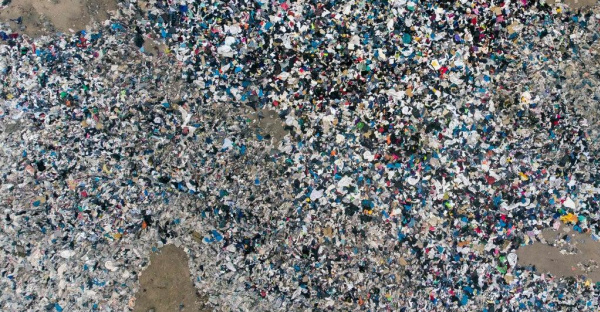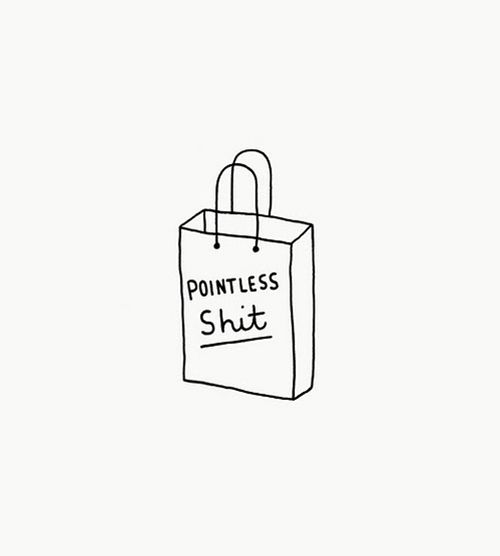The Island In The Desert
Have you ever wondered where our textile waste ends up?
Talking about the cost of fast fashion and the madness of disposable items can be upsetting and frustrating. No one wants to listen.
We could define it as a hidden cost, assuming people do not see it directly. Except that there’s nothing hidden anymore. And so, we call it the true cost because it happens before our eyes. Although, people refuse to see it intentionally.
To illustrate the abnormity, perhaps a visual image helps awaken the conscience more than words.

Here, in front of your eyes, is the Atacama desert in Chile, the driest desert in the world. And that is an island of discarded clothing, including Christmas sweaters and ski boots, piling up in the desert. Horribly revealing the cost of fast fashion.
Chile is a hub for secondhand and unsold clothing coming from all over the world. USA, Europe and Asia. Approximately 59,000 tons of garments arrive there every year. Clothing merchants buy part of it, but the majority, about 39,000 tons, end up in rubbish dumps in the desert.
That happens because those garments contain chemicals and are not biodegradable, therefore not accepted in the municipal landfill.
The cost of fast fashion
We wonder what’s going to happen over time. Do you still feel ok with fast fashion and disposable goods?
On Monday, we posted about the need to shift our consumption habits. After reading this, the sense of urgency becomes imperative. It doesn’t need any further explanation.
Educating ourselves towards thoughtful consumption habits is fundamental. If brands don’t produce items made to last, we don’t buy from them!
Stop overconsumption. Stop purchasing disposable items. That is how we bring our contribution.
We know that expecting a change from brands is an illusion, yet it’s just a way to exclude ourselves from the game. If we pretend we do not play an active role, we hide our responsibilities.
On the contrary, we have to educate ourselves in order to become conscious and make intentional choices.
Break the loop. Take action now!
The Island In The Desert Read More »
